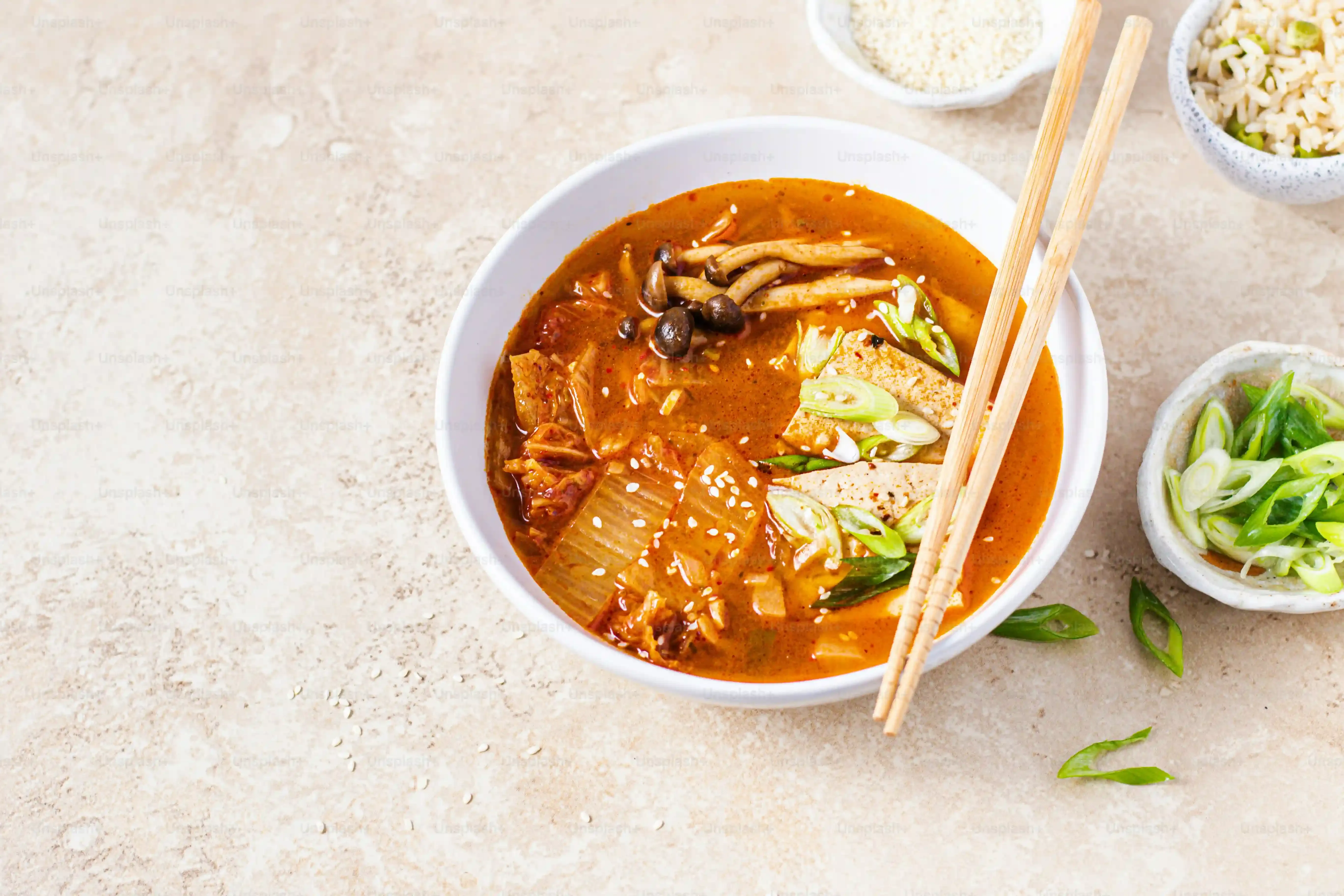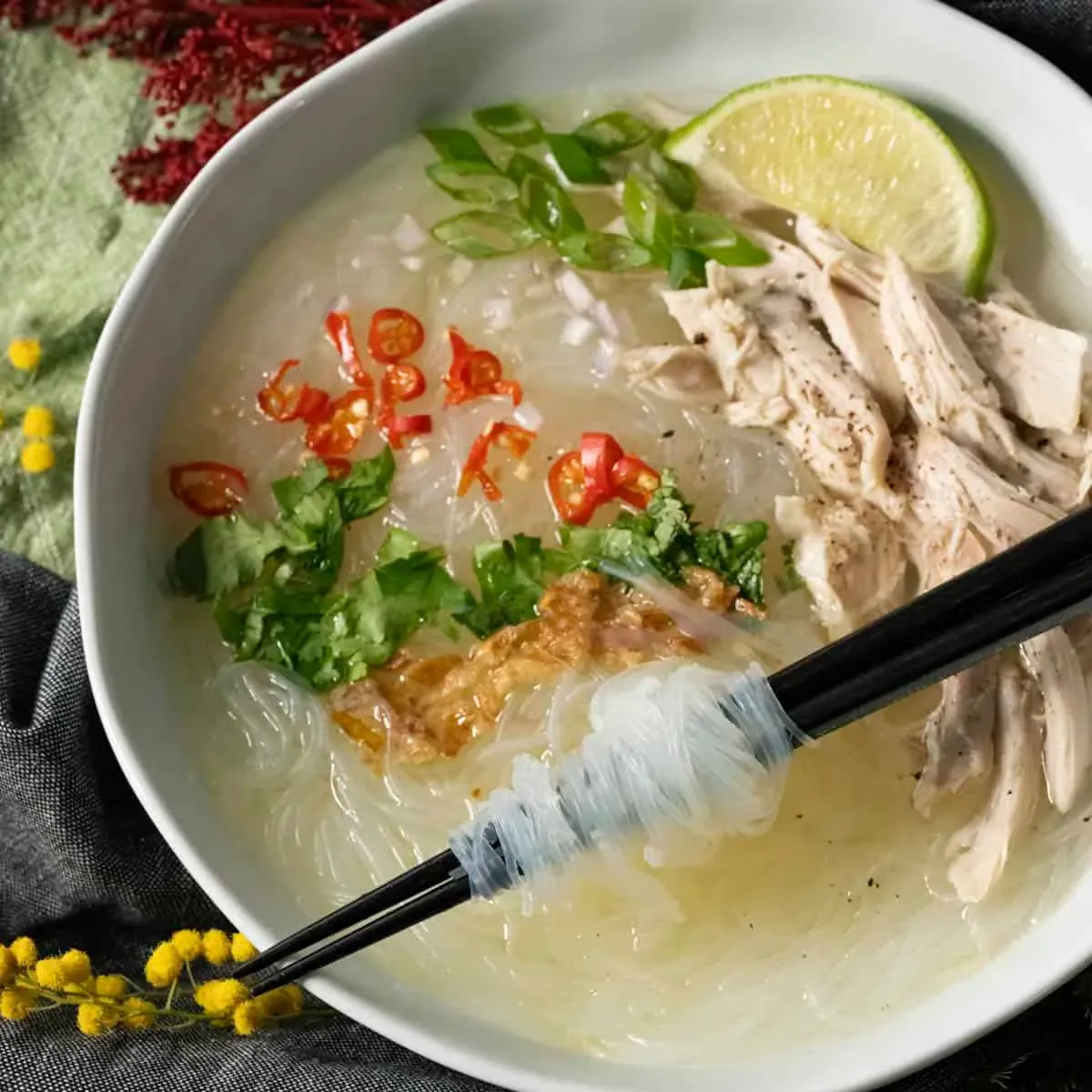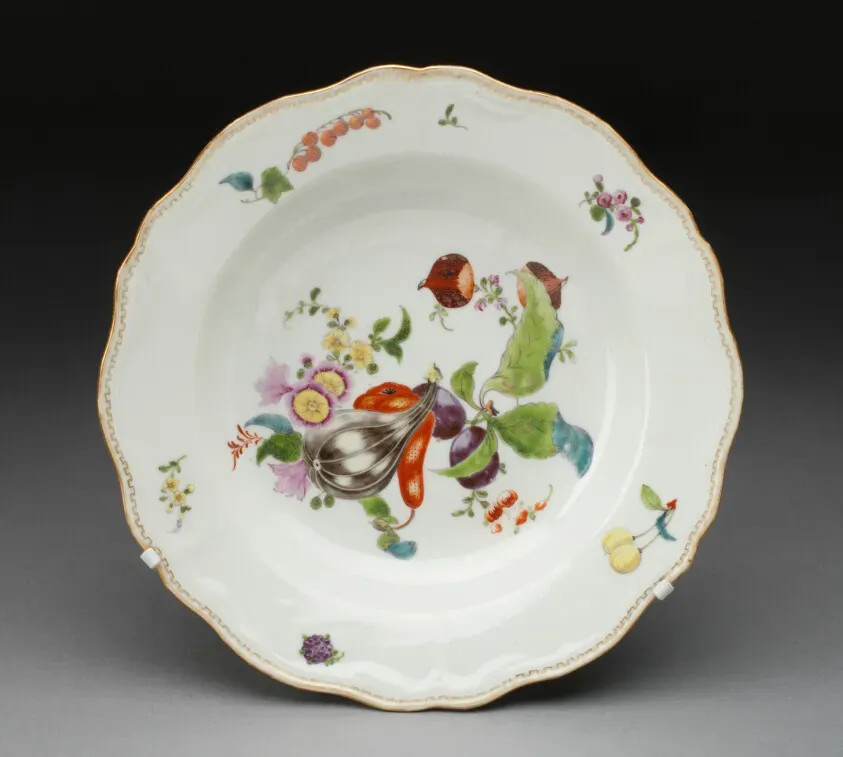Table of Contents
Let's be real. Sometimes, the only thing that cuts through the noise of a long day is a warm bowl of soup. But not just any soup. We're talking about that deeply comforting, aromatic hug in a bowl – the kind that reminds you of home, even if you've never been to Vietnam. Forget the canned stuff; we're diving into the world of authentic Vietnamese chicken noodle soup, known as Pho Ga. It's the elegant, lighter cousin to the more famous beef Pho, and frankly, it's often a lot easier to pull off in your own kitchen.
Understanding Vietnamese Chicken Noodle Soup (Pho Ga)

Understanding Vietnamese Chicken Noodle Soup (Pho Ga)
What Exactly is Pho Ga?
Look, when most people hear "Pho," they immediately picture that rich, deeply savory beef broth loaded with thinly sliced rare steak and brisket. That's Pho Bo, the heavyweight champion of Vietnamese noodle soups. But there's a contender that deserves just as much respect, and often, more love from home cooks: Pho Ga. This is the Vietnamese chicken noodle soup recipe you need to know. It's essentially Pho made with chicken instead of beef, resulting in a lighter, yet incredibly fragrant and complex broth. Think of it as the elegant, understated sibling in the Pho family – less intense, maybe, but every bit as satisfying.
The Soul of Pho Ga: That Chicken Broth
The magic in any Pho, including this Vietnamese chicken noodle soup recipe, lies almost entirely in the broth. For Pho Ga, this means simmering chicken bones, meat, and often the whole chicken carcass, with a specific set of aromatics. We're talking charred ginger and onion – crucial for that smoky depth – plus warming spices like star anise, cinnamon, cloves, and black cardamom. This isn't just boiling chicken; it's building layers of flavor over time. The goal is a clean, clear broth that sings with the essence of chicken and those signature spices, a stark contrast to the heavier, richer profile of beef Pho. Getting this broth right is the foundation of a killer bowl.
- Key Aromatics for Pho Ga Broth:
- Ginger (often charred)
- Onion (often charred)
- Star Anise
- Cinnamon Sticks
- Cloves
- Black Cardamom (optional but adds depth)
- Fish Sauce (essential for umami)
- Rock Sugar (balances flavors)
More Than Just Soup: A Cultural Staple
Understanding Vietnamese Chicken Noodle Soup (Pho Ga) goes beyond just the ingredients and technique; it’s about comfort, family, and everyday life in Vietnam. It’s the soup you eat for breakfast, lunch, or dinner. It’s what you crave when you’re feeling under the weather. While Pho Bo might get more international press, Pho Ga is a beloved constant, a dish many Vietnamese grew up on. It’s less about fancy cuts of meat and more about extracting maximum flavor from humble chicken parts and simple spices. Mastering this Vietnamese chicken noodle soup recipe connects you directly to a fundamental piece of Vietnamese culinary identity.
Gathering Ingredients for Your Vietnamese Chicken Noodle Soup Recipe

Gathering Ingredients for Your Vietnamese Chicken Noodle Soup Recipe
Picking the Right Chicken Parts
let's talk chicken. For a truly great Vietnamese chicken noodle soup recipe, you can't just grab a couple of boneless, skinless breasts and call it a day. You need bones. Bones equal flavor and body in that broth. A whole chicken is ideal because you get everything – the carcass, wings, legs, maybe even the feet if you're feeling adventurous (they add amazing gelatin). If a whole bird feels like too much commitment, focus on bony pieces like backs, necks, and wings. Thighs are also fantastic for the meat you'll shred later; they stay moist and flavorful during the long simmer. Don't be afraid of a little fat either; it carries flavor, though you'll skim most of it off later.
Essential Aromatics and Spices
This is where your kitchen starts smelling like a proper Pho joint. Beyond the chicken, the soul of this Vietnamese chicken noodle soup recipe lies in its specific aromatic profile. You absolutely need ginger and onions, and charring them first is non-negotiable. Just slice them thick and stick them under the broiler or directly on a gas flame until they're blackened and fragrant. This step adds a crucial smoky depth. Then come the warm spices: star anise, cinnamon sticks, cloves, and maybe a pod of black cardamom if you can find it. These aren't shy spices; they should perfume the entire broth. Don't forget fish sauce and a touch of rock sugar – they provide the essential salty-sweet balance.
Aromatic/Spice | Purpose in Pho Ga | Preparation |
|---|---|---|
Ginger | Spicy warmth, depth | Charred until blackened |
Onion | Sweetness, base flavor | Charred until blackened |
Star Anise | Distinct licorice note | Whole pods |
Cinnamon Stick | Sweet warmth | Whole stick |
Cloves | Pungent warmth | Whole cloves |
Fish Sauce | Umami, salinity | Added to broth |
Rock Sugar | Balances saltiness | Added to broth |
Noodles, Herbs, and All the Fixings
Once your broth is simmering away, it's time to think about what goes *in* the bowl. Rice noodles are standard for this Vietnamese chicken noodle soup recipe. The thin, flat 'banh pho' noodles are classic, but you can use vermicelli (bun) for a lighter feel or even thicker noodles if that's what you prefer. The real fun, though, is in the garnishes. A heap of fresh herbs is non-negotiable: Thai basil, cilantro, sawtooth herb (ngo gai) if you can find it. Bean sprouts add crunch, lime wedges provide acidity, and sliced chilies bring the heat. Don't forget thinly sliced onions and green onions, and maybe some fried shallots for extra texture and flavor. These fresh elements brighten up the rich broth and make each spoonful a dynamic experience.
Crafting the Aromatic Broth: Your Vietnamese Chicken Noodle Soup Recipe

Crafting the Aromatic Broth: Your Vietnamese Chicken Noodle Soup Recipe
Building the Foundation: The First Simmer
Alright, you've got your chicken and your charred bits ready. Now the real magic begins – building that incredible broth for your Vietnamese chicken noodle soup recipe. First things first, you gotta give those chicken pieces a quick bath. This is called blanching, and it's crucial for getting rid of any impurities or funky smells. Just throw your chicken bones and pieces into a big pot, cover them with cold water, bring it to a rolling boil for about 5-10 minutes, then drain everything into a colander and rinse the chicken and the pot thoroughly. You'll see all the gunk you just got rid of. Trust me, this step makes a huge difference in getting a clean, clear broth.
Once everything is clean, put the chicken back in the pot. Add your charred ginger and onion. Now, fill the pot with fresh cold water – enough to cover everything generously, maybe 4-5 quarts depending on your pot size. Bring this to a gentle simmer. We're not boiling hard here; a gentle bubble is all you need. This is where the chicken starts giving up its soul to the water, creating the base flavor.
Adding the Spice and Simmering to Perfection
As your broth base is gently simmering, it's time to introduce the stars of the show: the spices. Wrap your star anise, cinnamon stick, cloves, and black cardamom (if using) in a small piece of cheesecloth or put them in a spice ball. This makes them easy to fish out later. Add this spice bundle to the pot. Now, the crucial seasoning elements: fish sauce and rock sugar. Don't be shy with the fish sauce; it's where the umami comes from. Start with a few tablespoons and the rock sugar, then you can adjust later. The rock sugar isn't about making it sweet, it's about balancing the saltiness of the fish sauce and rounding out the flavors.
Let this simmer, uncovered, for at least 1.5 to 2 hours. The longer it simmers gently, the more flavor you extract. As it simmers, you'll notice foam and fat rising to the top. Keep a spoon or fine-mesh skimmer handy and regularly skim this off. This is key to achieving that beautiful, clear broth that defines a great Vietnamese chicken noodle soup recipe. Towards the end of the simmering time, you can take out the chicken pieces you plan to use for meat (like thighs or breasts) so they don't overcook and get dry. Let them cool slightly, then shred or slice the meat.
Assembling and Enjoying Your Homemade Vietnamese Chicken Noodle Soup

Assembling and Enjoying Your Homemade Vietnamese Chicken Noodle Soup
Building Your Perfect Bowl
broth is done, chicken is shredded, and those fragrant spices have worked their magic. Now for the fun part: assembling your bowl of Vietnamese chicken noodle soup. This isn't just dumping everything in; there's a ritual involved. First, blanch your rice noodles according to package directions – usually just a quick dip in boiling water until pliable, then drain them well. Place a generous portion of these hot noodles into your serving bowl. Next, arrange slices or shredded pieces of your cooked chicken over the noodles. Think layers here; make it look appealing before the broth even hits.
Once the noodles and chicken are in, it's time for the star. Ladle that piping hot, aromatic broth over everything. Make sure you get enough broth to cover the noodles and chicken completely. The heat of the broth finishes cooking the noodles slightly and warms the chicken through. You should immediately smell that signature blend of chicken essence and warm spices. This is the foundation of your homemade Vietnamese chicken noodle soup recipe bowl, ready for its final flourish.
The Art of Garnishing and Enjoying
A bowl of Vietnamese chicken noodle soup isn't complete without the mountain of fresh garnishes. This is where you customize every spoonful. On the side, you'll typically find a plate piled high with fresh Thai basil leaves, sprigs of cilantro, maybe some sawtooth herb if you're lucky enough to find it, crisp bean sprouts, and wedges of lime. Don't forget thinly sliced raw onions or green onions scattered over the top of the soup in the bowl itself. For heat, sliced bird's eye chilies are essential. Some people like to add hoisin sauce and sriracha directly to their bowl, though purists might tell you to taste the broth first.
The traditional way to eat this Vietnamese chicken noodle soup is to first take a moment to inhale the aroma. Seriously, do it. Then, sip a spoonful of the clear broth before adding anything. Taste the clean flavor you worked so hard to create. *Then* start adding your herbs, bean sprouts, a squeeze of lime, and chilies to your liking. Mix them into the broth, and enjoy the interplay of hot soup, fresh herbs, tender chicken, and slippery noodles. Every bite and sip should offer a slightly different combination of textures and flavors.
- Essential Pho Ga Garnishes:
- Fresh Thai Basil
- Cilantro
- Sawtooth Herb (Ngo Gai)
- Bean Sprouts
- Lime Wedges
- Sliced Chilies
- Thinly sliced raw onion or green onion
- Optional: Hoisin sauce, Sriracha, Fried Shallots
Your Homemade Pho Ga Awaits
So there you have it. You've navigated the not-so-mysterious path to crafting a legitimate bowl of Vietnamese chicken noodle soup right in your own kitchen. No need for a plane ticket or relying on inconsistent takeout. You now possess the power to conjure up that deeply satisfying, aromatic broth whenever the craving hits. It takes a little effort, sure, but the payoff? A bowl of Pho Ga that's exactly how you like it, made with your own hands. And let's be honest, there's a quiet satisfaction in that, isn't there? Go ahead, ladle up a bowl and taste the difference.
